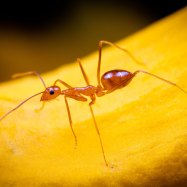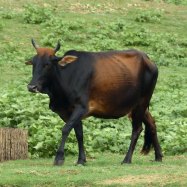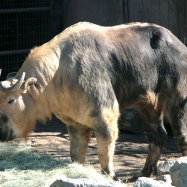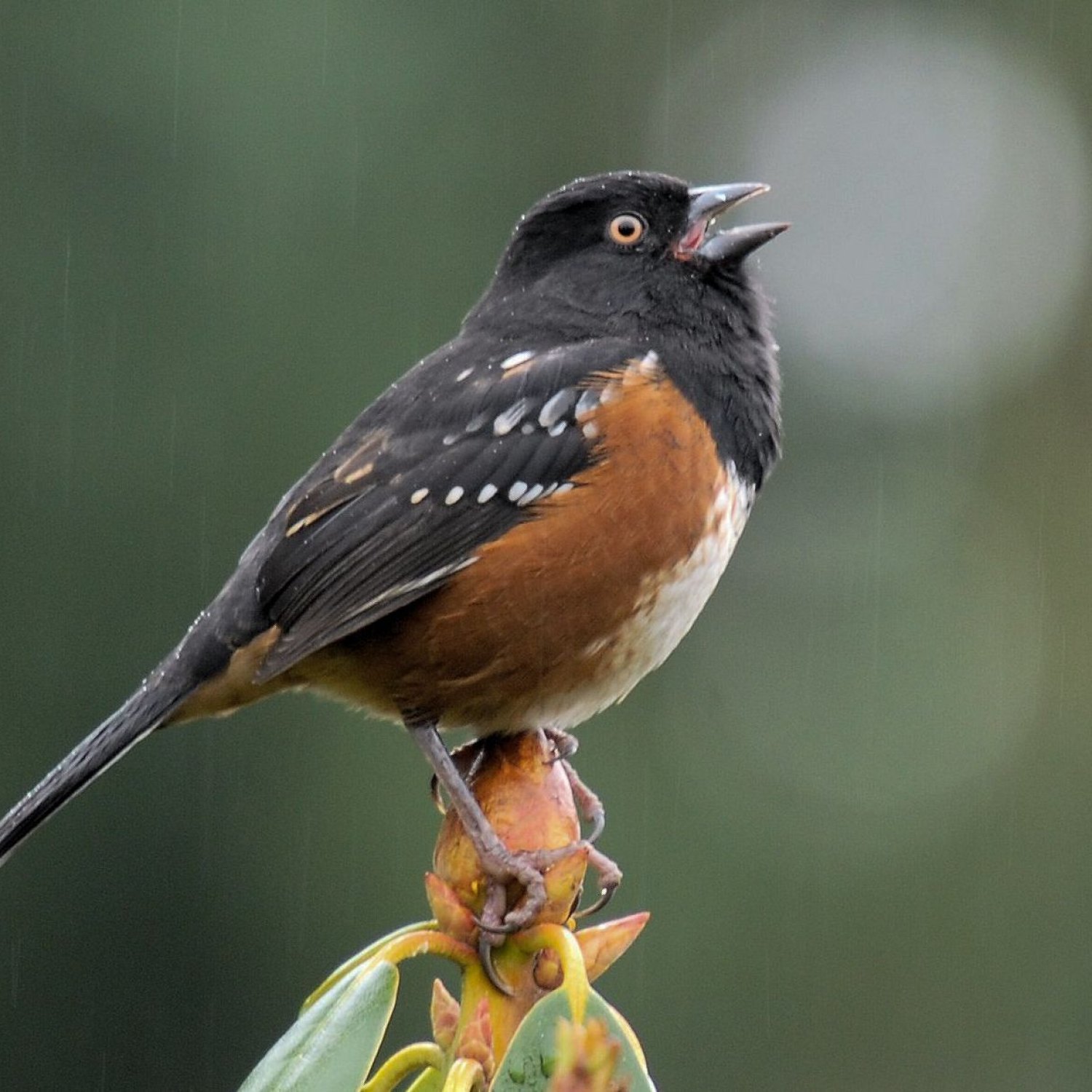
Towhee
6 to 10 inches
The towhee is a stocky bird found in North America with a length of 6 to 10 inches. Belonging to the Passerellidae family, it is known for its distinctive scratching and hopping behavior. With its common English name originating from its unique towhee call, this bird is a common sight in backyards and forests, making it a favorite among birdwatchers. #animals #birdwatching #NorthAmerica
Animal Details Summary:
Common Name: Towhee
Kingdom: Animalia
Habitat: Forests, woodlands, brushy areas
The Colorful and Endearing Towhee: A Hidden Gem of North America
Imagine walking through a quiet forest, surrounded by the tranquil sounds of birds chirping and leaves rustling. Suddenly, you hear a distinctive call that sounds like someone saying "tow-hee." You may think it's just another bird, but upon closer inspection, you'll be greeted by a beautiful creature with striking colors and a stocky build - the Towhee.Scientifically known as Pipilo and commonly called the Towhee, this avian species is often overshadowed by its more popular bird counterparts Towhee. However, once discovered, the Towhee's unique characteristics and endearing nature will leave a lasting impression on any bird watcher.
An Overview of the Towhee
The Towhee belongs to the Kingdom Animalia, Phylum Chordata, Class Aves, and Order Passeriformes. Its family, Passerellidae, consists of small, sparrow-like birds. And in North America, the Towhee is a popular member of this family.With its preferred habitats being forests, woodlands, and brushy areas, the Towhee is widely distributed in North and Central America. It is commonly found in the United States, making it a hidden gem in its own country.
The Towhee's coloring varies by species, but they are typically brown or black, with some having distinct patterns and markings. They have a stocky body shape, ranging from 6 to 10 inches in length, making them larger than most passerine birds.
The Feeding Habits of the Towhee
One of the most interesting things about the Towhee is its feeding method Tomato Hornworm. They are omnivorous, meaning they eat both plants and animals. Their diet consists of a variety of insects, spiders, seeds, fruits, and berries.What makes the Towhee's feeding behavior exciting is their foraging technique. Instead of hopping around the ground like most birds, they use a unique scratching motion with their feet to uncover food hidden in leaf litter. They are also known to use their beak to dig and flip leaves to find food, which can be a fascinating sight to witness.
Geographical Distribution
The Towhee's geographical distribution is vast, with 21 species found throughout North and Central America. Each species has its distinct range, with some being found only in specific regions. However, in general, Towhees have a wide distribution and can be found in the United States, Canada, Mexico, and Central America.The Hidden Gem of North America
Despite its widespread distribution, the Towhee remains a hidden gem in North America. Many bird watchers and nature enthusiasts are more familiar with its counterparts, such as the American Robin or the Blue Jay. However, the Towhee has its unique features that make it stand out from the rest.Firstly, its striking coloration sets it apart from other birds. The Rufous-sided Towhee, for example, has a bright orange patch on its side, making it stand out among the greens and browns of its habitat. The Eastern Towhee has a distinctive black body with red undertones, making it a standout even in a sea of other birds.
Secondly, the Towhee's call is unmistakable. The "tow-hee" sound it makes can be heard throughout its habitat, and once you've heard it, you won't mistake it for any other bird.
But perhaps the most significant reason why the Towhee is a hidden gem is its shy and secretive nature. Unlike some of its more extroverted counterparts, the Towhee prefers to stay hidden among the underbrush or perched on a low branch. This can make it challenging to spot, but once you do, it's a rewarding sight.
Conservation Status
The Towhee species, as a whole, is not classified as endangered or vulnerable. However, some individual species are facing threats to their populations due to habitat loss and fragmentation. A few species, such as the Oaxaca Towhee and the Guadalupe Towhee, have limited ranges and are considered vulnerable.To help preserve Towhee populations, it's crucial to protect their habitats and promote conservation efforts in their ranges.
In Conclusion
The Towhee may not be the most well-known bird, but it's undoubtedly a hidden gem of North America. Its unique features, colorful plumage, and fascinating behaviors make it a fascinating species to observe. So the next time you're walking through a quiet forest, keep an eye out for the shy and endearing Towhee - you won't regret it.

Towhee
Animal Details Towhee - Scientific Name: Pipilo
- Category: Animals T
- Scientific Name: Pipilo
- Common Name: Towhee
- Kingdom: Animalia
- Phylum: Chordata
- Class: Aves
- Order: Passeriformes
- Family: Passerellidae
- Habitat: Forests, woodlands, brushy areas
- Feeding Method: Omnivorous
- Geographical Distribution: North and Central America
- Country of Origin: United States
- Location: North America
- Animal Coloration: Varies by species, typically brown or black
- Body Shape: Stocky
- Length: 6 to 10 inches
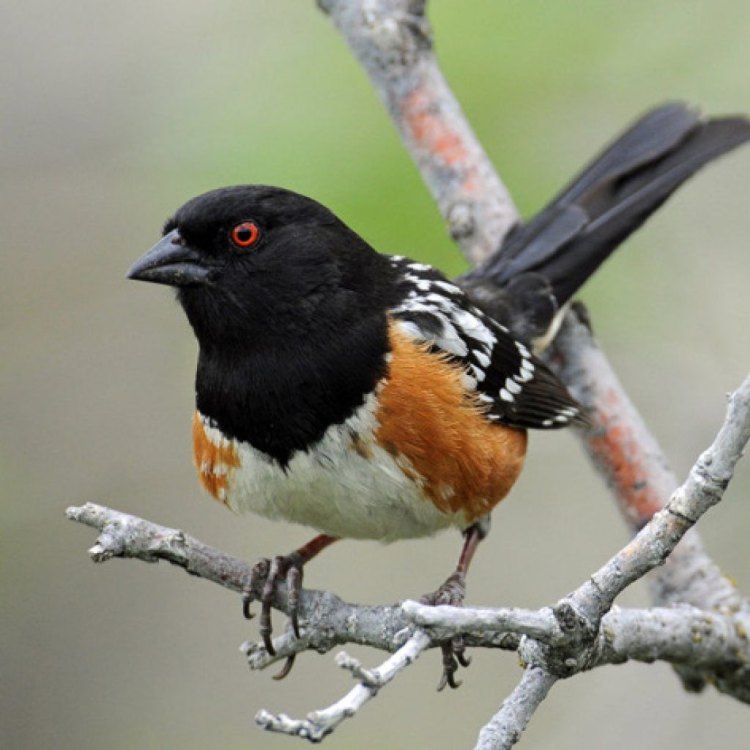
Towhee
- Adult Size: Small
- Average Lifespan: Up to 9 years
- Reproduction: Sexual
- Reproductive Behavior: Monogamous
- Sound or Call: Distinctive towhee song
- Migration Pattern: Some species migratory
- Social Groups: Solitary or in pairs during breeding season
- Behavior: Ground-dwelling, scratching for food
- Threats: Habitat loss, predation, climate change
- Conservation Status: Varies by species, some are of least concern while others are of concern
- Impact on Ecosystem: Seed dispersal
- Human Use: Birdwatching, backyard bird feeding
- Distinctive Features: Long tail, red or white undertail feathers
- Interesting Facts: There are around 20 species of towhees
- Predator: Birds of prey, snakes, mammals
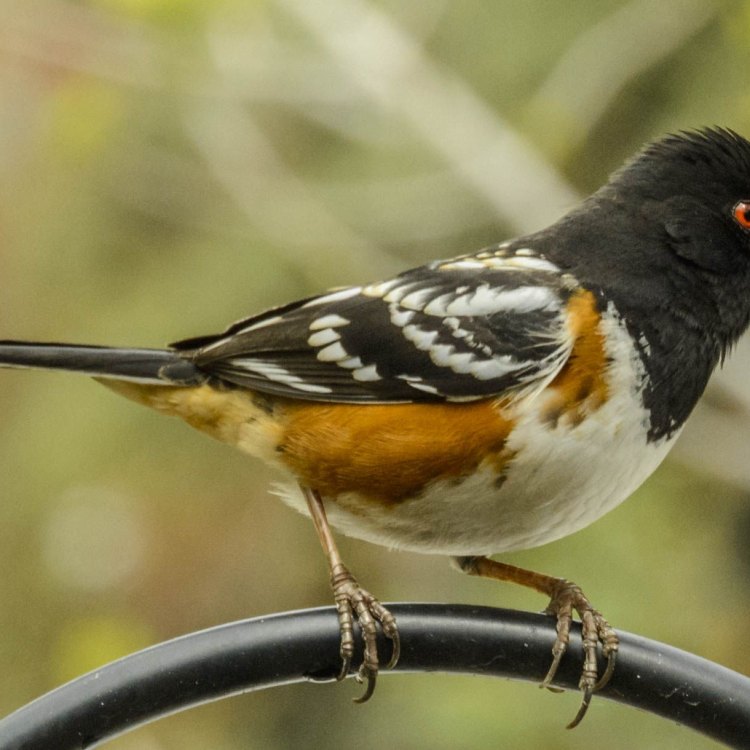
Pipilo
The Fascinating World of the Towhee: A Small but Mighty Bird
When you think of birds, images of majestic eagles, colorful parrots, or elegant swans may come to mind. But nestled within the vast world of avian species is a small yet mighty bird that deserves just as much attention and admiration – the towhee.Towhees, belonging to the genus Pipilo, are a group of around 20 species of birds found across North and Central America. They are part of the New World sparrow family and are closely related to sparrows, juncos, and buntings PeaceOfAnimals.Com. While often overlooked by bird enthusiasts due to their subtle appearance, towhees possess unique features and behaviors that make them a fascinating species to study.
Size and Lifespan
Towhees are relatively small birds, with adults typically measuring around 7-9 inches in length and weighing between 1-2 ounces. They have a stocky build, with short wings and long tails, which aids in their ground-dwelling habits. Despite their small size, towhees have an impressive lifespan – they can live up to 9 years in optimal conditions.Reproduction and Behavior
Like most birds, towhees are sexual reproducers and exhibit monogamous behavior during the breeding season. Males will attract females by displaying their bright plumage and singing their distinctive towhee song. Once a pair forms, they will defend their chosen territory from other towhees. However, towhees are generally solitary birds outside of the breeding season, with males and females only coming together to mate.Towhees are ground-dwellers by nature and spend most of their time foraging for food amongst the leaf litter and debris on the forest floor Turkish Angora. They have strong, pointed beaks that are perfect for their omnivorous diet, which includes berries, seeds, insects, and small invertebrates. You may spot them hopping and scratching around in the underbrush, searching for their next meal.
Distinctive Features and Songs
Towhees may seem plain at first glance, but upon closer observation, they possess unique and beautiful features. One of their most distinctive features is the long tail, which they flick back and forth while foraging on the ground. In certain species, the males also have striking red or white feathers visible under their tails, adding a pop of color to their otherwise brown and gray appearance.But perhaps the most remarkable thing about towhees is their distinctive song. Described as a two-part whistle, their song often sounds like "drink-your-tea" or "tow-hee." Each species has its own variation, and devoted birders can identify each type of towhee by its specific call.
Migratory Patterns and Social Groups
Some species of towhees are migratory, moving between breeding and non-breeding areas depending on the season. For example, the Eastern towhee, found in the eastern parts of North America, will migrate south to warmer areas in the winter. In contrast, other species, like the California towhee, are non-migratory and stay in their preferred habitat year-round.While towhees are generally solitary birds, they do come together in pairs during the breeding season. However, even during this time, they will maintain their territory and only interact with their mate.
Threats and Conservation Status
Towhees, like many other bird species, face a variety of threats in the wild. Habitat loss due to urbanization and deforestation is a significant concern for towhees, as they rely on dense shrubbery and underbrush to forage and build their nests. Additionally, they are also at risk from predation by birds of prey, snakes, and mammals.However, the conservation status of towhees varies by species, with some being of least concern, while others are of concern. The California towhee, for instance, is considered a species of least concern, while the endangered Baird's sparrow is facing severe population declines in its native grassland habitat. Therefore, it is crucial to understand the unique needs and threats facing each species of towhee to effectively conserve them.
Impact on the Ecosystem
Towhees may be small, but they play a vital role in their ecosystems. As ground-dwelling birds, they help with seed dispersal, aiding in the growth of new plants and trees. They also control insect populations, keeping the balance in check and preventing insect outbreaks.Human Use and Interesting Facts
While towhees have not been directly domesticated by humans, they are a beloved bird for birdwatchers and backyard bird feeders. Their subtle beauty and unique behaviors make them a delight to observe and attract to your backyard.Fun fact – towhees are named for their distinctive call, with the "tow" in their name mimicking their song. However, not all species sound like "tow," with some having variations like "chewink" and "ping."
Predators of Towhees
Sadly, towhees face many natural predators in the wild. Birds of prey, such as hawks and owls, pose a significant threat to adult towhees, while snakes and mammals, like cats and raccoons, may prey on their eggs and young. Habitat destruction and fragmentation can also make them more vulnerable to predation, as there may be fewer places for them to hide from predators.In conclusion, the towhee may be a small bird, but it has a big impact on the ecosystem. From their unique features and behaviors to their essential role in seed dispersal, towhees are a species worth admiring and protecting. So, the next time you spot a towhee hopping around your backyard or while out on a hike, take a moment to appreciate this small, yet mighty bird and all that it brings to the natural world.
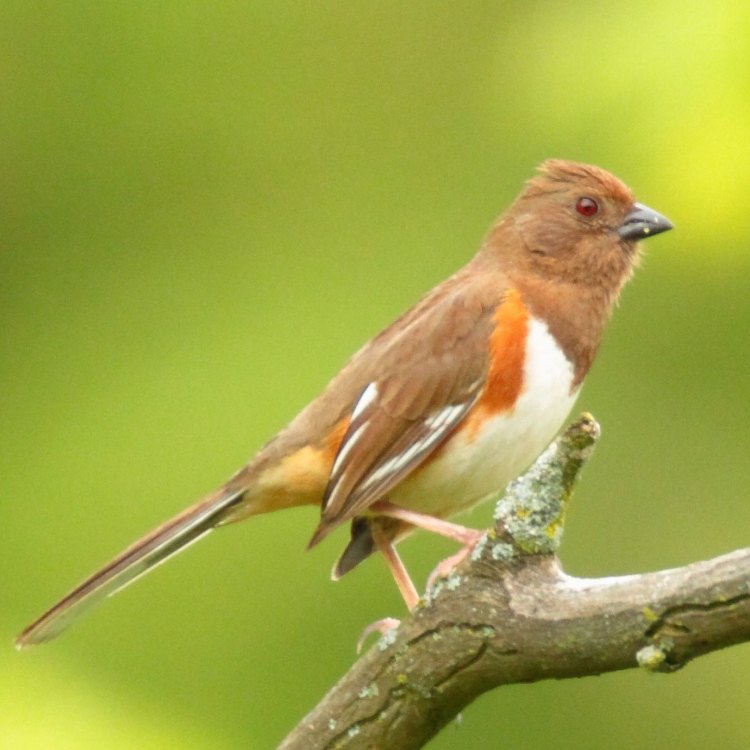
The Colorful and Endearing Towhee: A Hidden Gem of North America
Disclaimer: The content provided is for informational purposes only. We cannot guarantee the accuracy of the information on this page 100%. All information provided here may change without prior notice.





